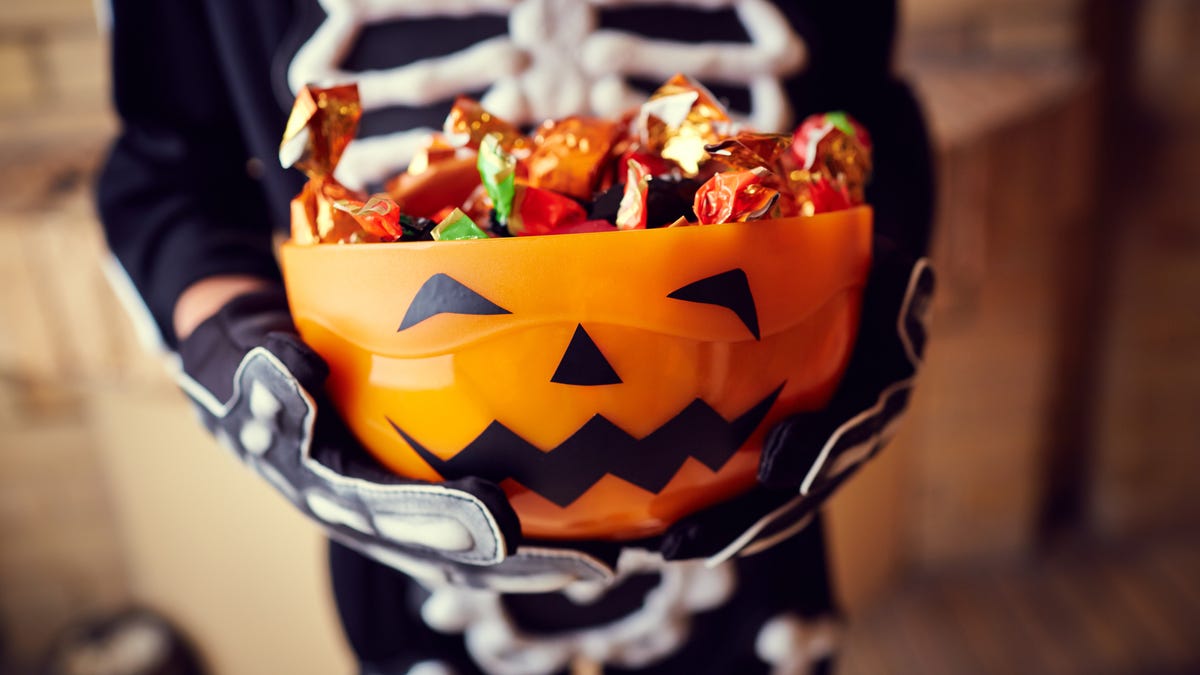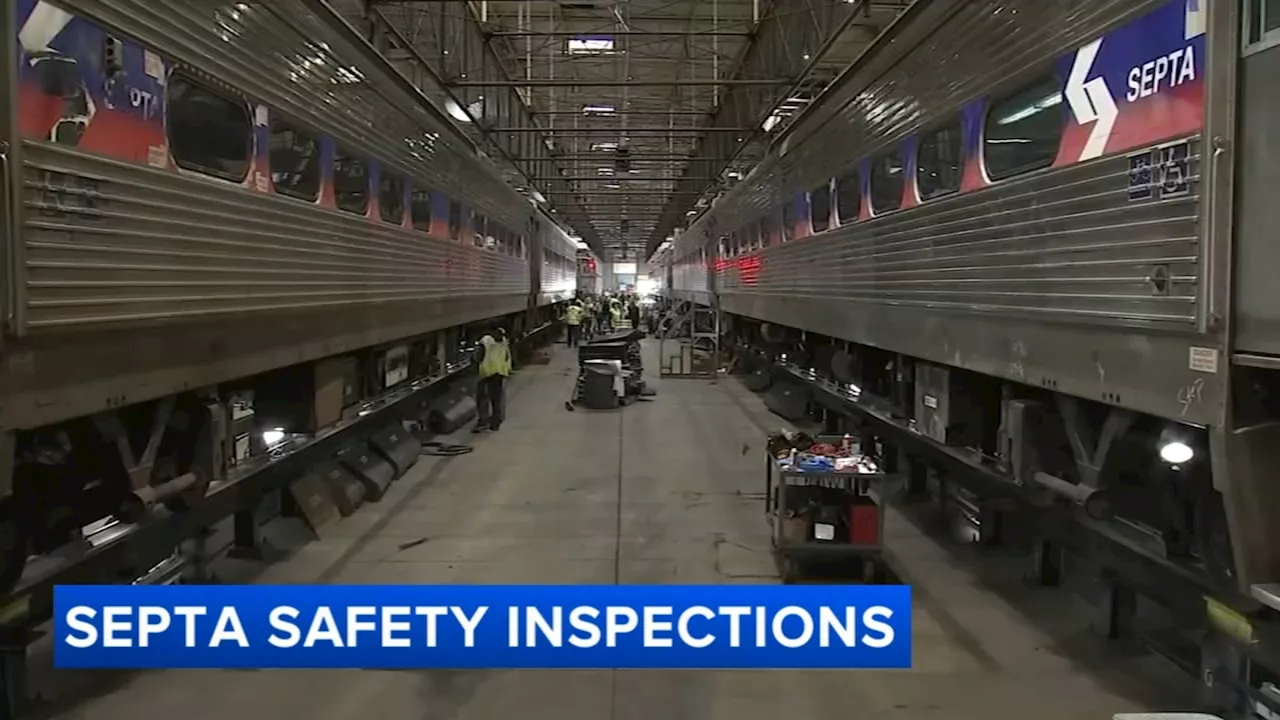As Halloween approaches, Americans are set to indulge in an estimated **$3.9 billion** worth of candy, solidifying the holiday’s status as the leading candy-selling event in the United States. The **National Retail Federation** reports that consumers are expected to spend significantly more on sweets this year compared to previous years. Candy collected during trick-or-treating and Halloween parties often lingers long after the festivities, leading many to question the safety and longevity of their sugary stockpiles.
In an effort to clarify these concerns, insights from food science experts shed light on the shelf life of different types of candy. According to **Richard W. Hartel**, a food science professor at the **University of Wisconsin-Madison**, candy does have an expiration date, but it does not spoil in the same manner as perishable items such as eggs or fresh produce. Instead, when candy goes bad, it is typically due to physical changes, such as drying out, or chemical alterations like flavor changes, rather than microbial growth.
While candy may not be harmful to consume after its best-by date, the experience may not be as enjoyable. Hartel comments, “Eating old candy may not be the most pleasant experience, but by and large, it won’t cause any adverse health effects.” This assessment provides a level of reassurance for those who might consider indulging in leftover treats from past Halloweens.
Understanding Candy Shelf Life
The longevity of various candy types is influenced by storage conditions. Hartel notes that chocolate typically remains shelf-stable for about a year if kept in a cool, dry environment. In contrast, hard candy can endure for several years when protected from heat and humidity. “Hard candy, as long as it’s protected from heat and humidity, can last several years with little to no change,” he explains.
However, exposure to warm temperatures and high humidity can lead to moisture absorption, resulting in altered textures and flavors. Chocolate can also exhibit a phenomenon known as “blooming.” This occurs when cocoa butter recrystallizes on the surface, creating a dusty appearance. Hartel clarifies that while this does not indicate spoilage, it may affect the overall flavor and enjoyment of the chocolate.
Deciding Whether to Dispose of Old Candy
When it comes to discarded Halloween candy, the decision often hinges on personal preference rather than health risks. Hartel emphasizes that individuals have varying thresholds for what they consider acceptable to eat. He suggests that candy can often remain safe to consume for several months after the holiday.
To preserve the flavor and texture of candy, it is essential to store it in a cool, dry place. Hartel advises against keeping candy in areas with high humidity or extreme temperatures, as these conditions can adversely affect its quality. “For most candies, cool temperatures and moderate humidity work best,” he states.
As Halloween draws near, understanding the nuances of candy shelf life can help consumers make informed choices about their sweet treats. While the excitement of trick-or-treating may lead to an abundance of candy, the knowledge that it can still be enjoyed long after the holiday passes offers a comforting thought for many households indulging in the seasonal festivities.







